Recommended Overnight Trip Route
- DAY 1
- DAY 2
DAY 1
Monshuinzen-temple
Zen temple with a beautiful mountain forest garden
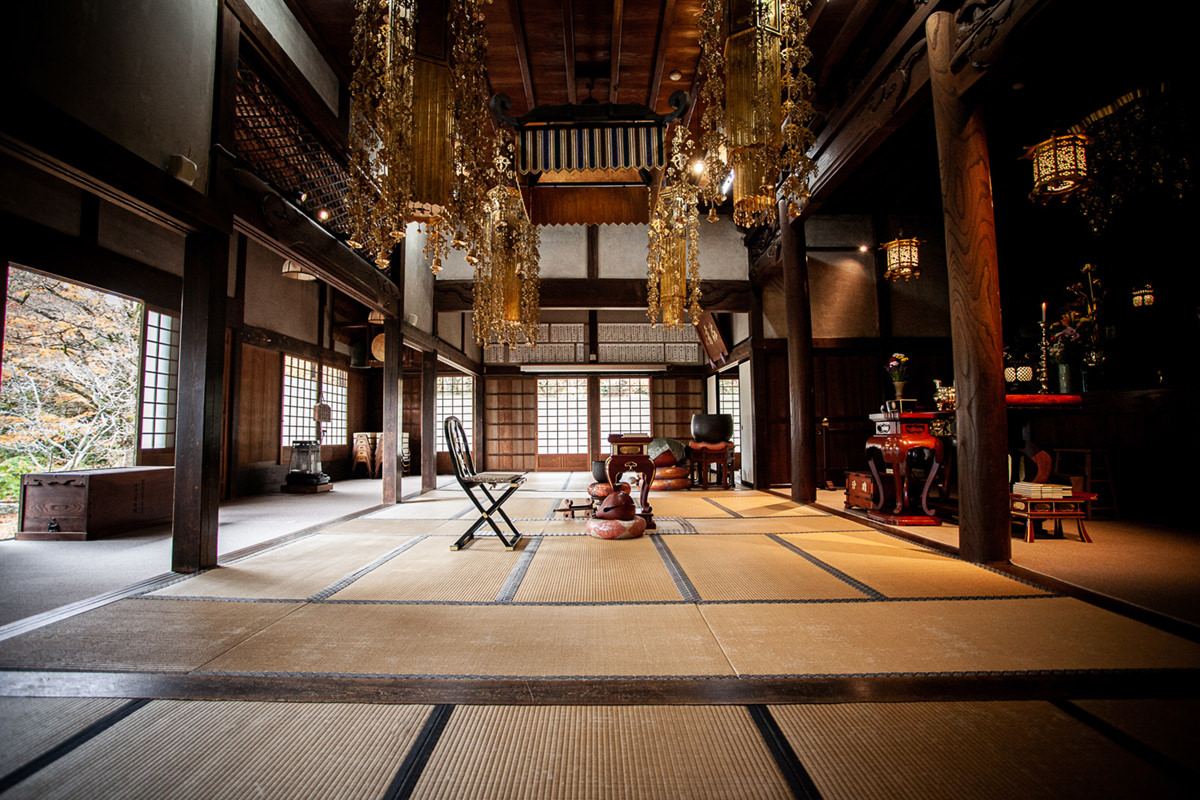
The temple organizes and hosts Buddhism classes, such as Zen meditation, chanting sutra, and Goeika (a Buddhist hymn) classes and also social classes and events, such as live music concerts, calligraphy, and English and computer classes. Many people gather at the temple regardless of their beliefs.
Kirara
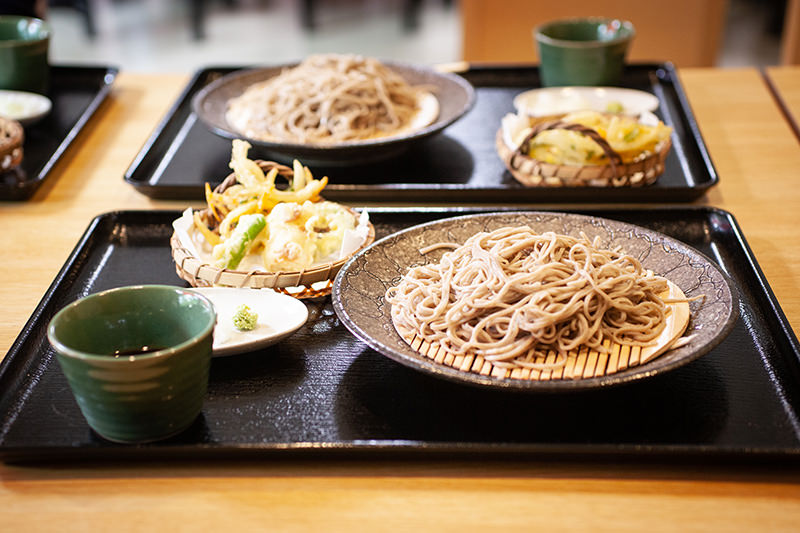
Gyokusenjizen-temple
Zen Temple with a beautiful garden, historical properties, and art
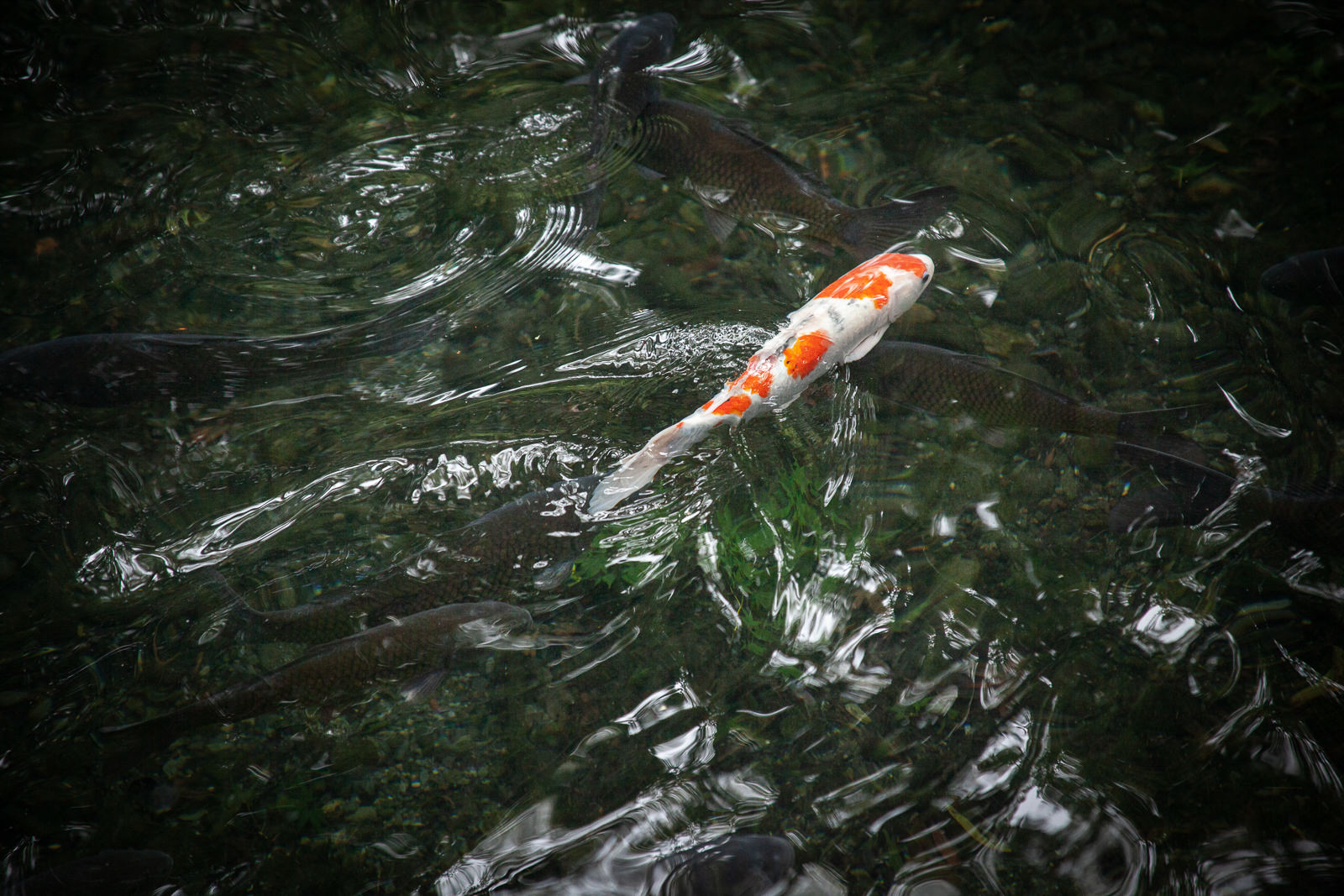
The principal image is the Eleven-faced Kannon Bosatsu. The origin of the temple was the setting of the image of Benzaiten on a little island in a pond. The temple had many fires, and the current structure was built in 1995. The beautiful wood used in the main building is from Mt. Amagi in the Izu Peninsula. Exquisite carvings, Inami Bori, and paintings adorn the temple.
Gallery Cafe Hakoya
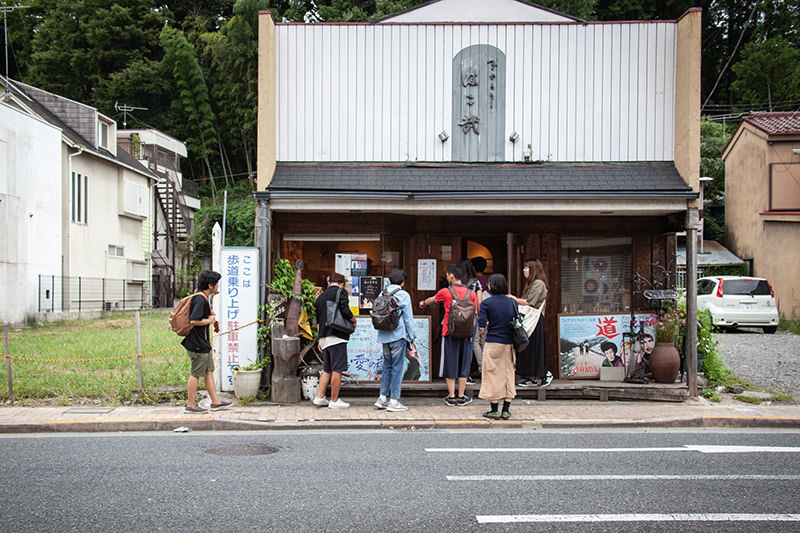
Enmeijizen-temple
Zen temple with a five-storied wooden pagoda and the hall of Donryushōnin, who wishes the wellbeing of children and mothers
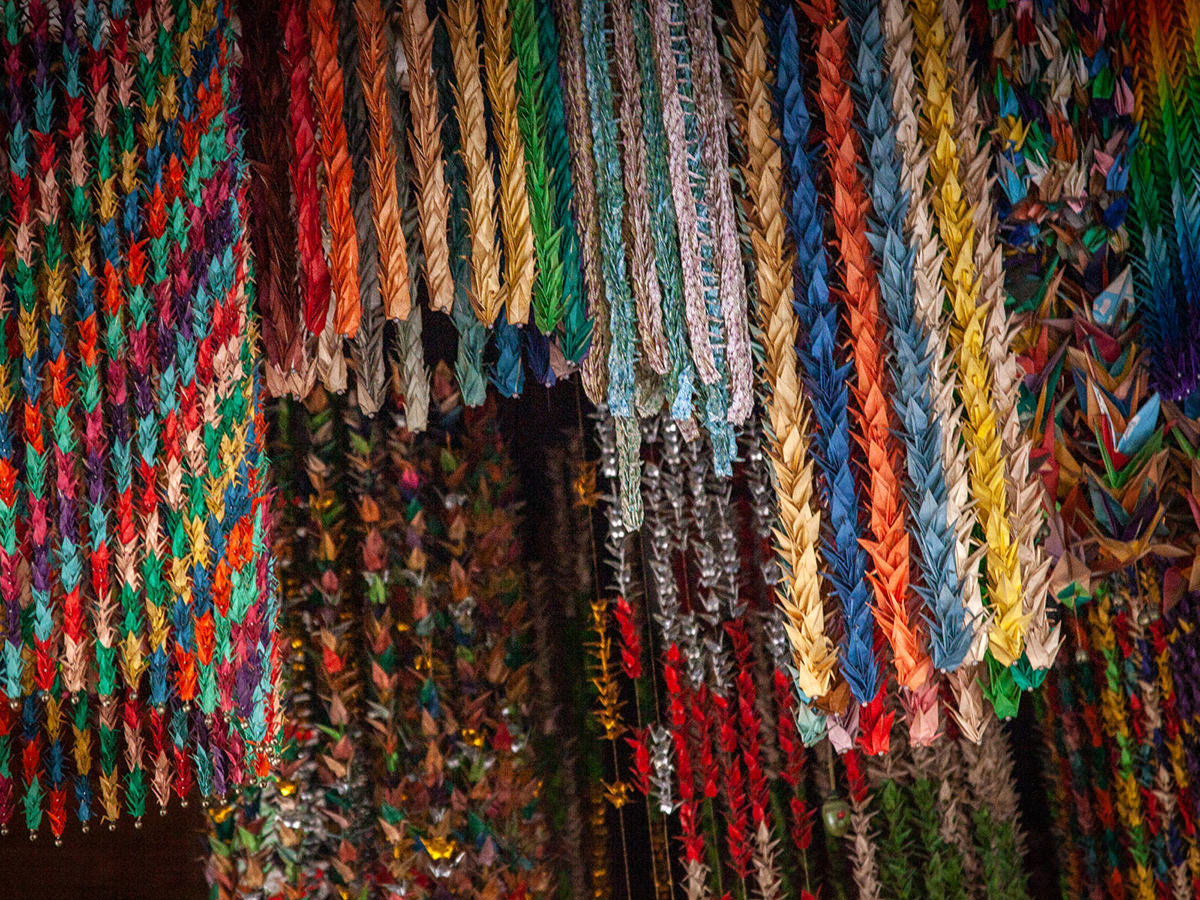
Enmeiji has remained intact for 650 years. The temple also has a wooden pagoda and a hall of Donryushōnin, who wishes the wellbeing of children and mothers.
Soukenjizen-temple
Zen temple with graves of Ome’s historical figures
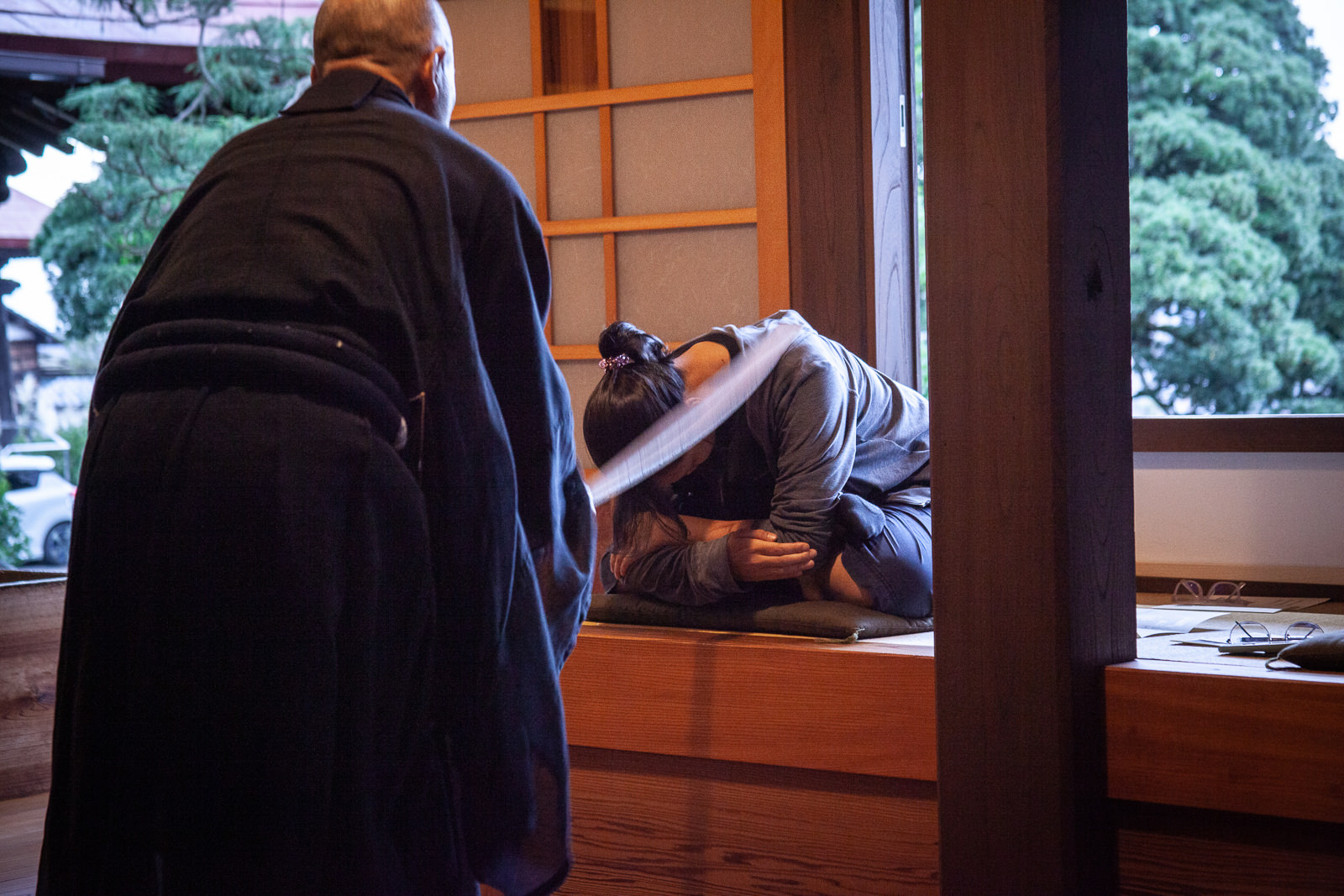
The principal image is the deity, Bishamonten, warrior, and protector of the righteous and Buddhism. The calligraphy at the main gate was drawn in the time of the 12th monk in 1736.
Yakiniku Ome
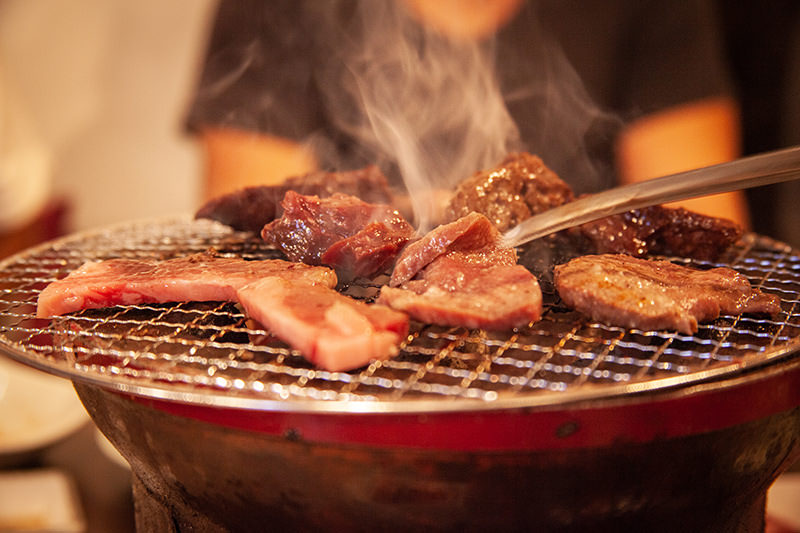
Seiryu KIBAKO
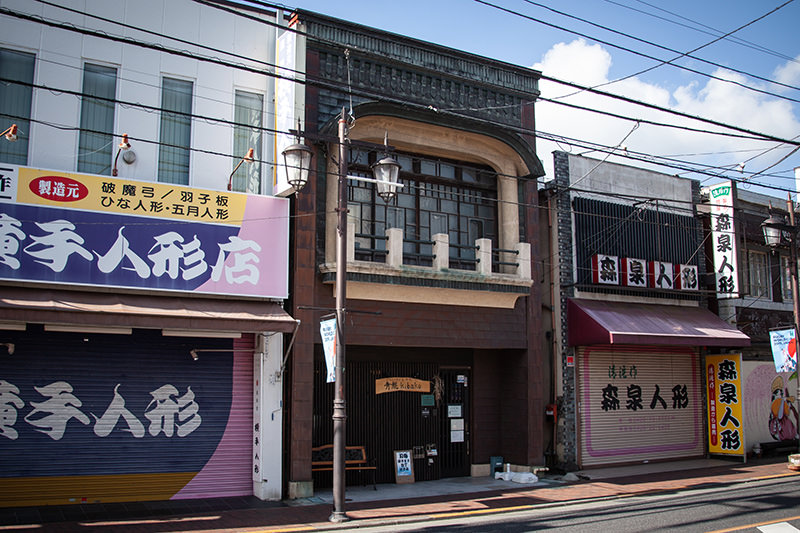
DAY 2
Jizoinzen-temple
Looking over the Tamagawa River, with the sense of the ancient plum tree and spring water
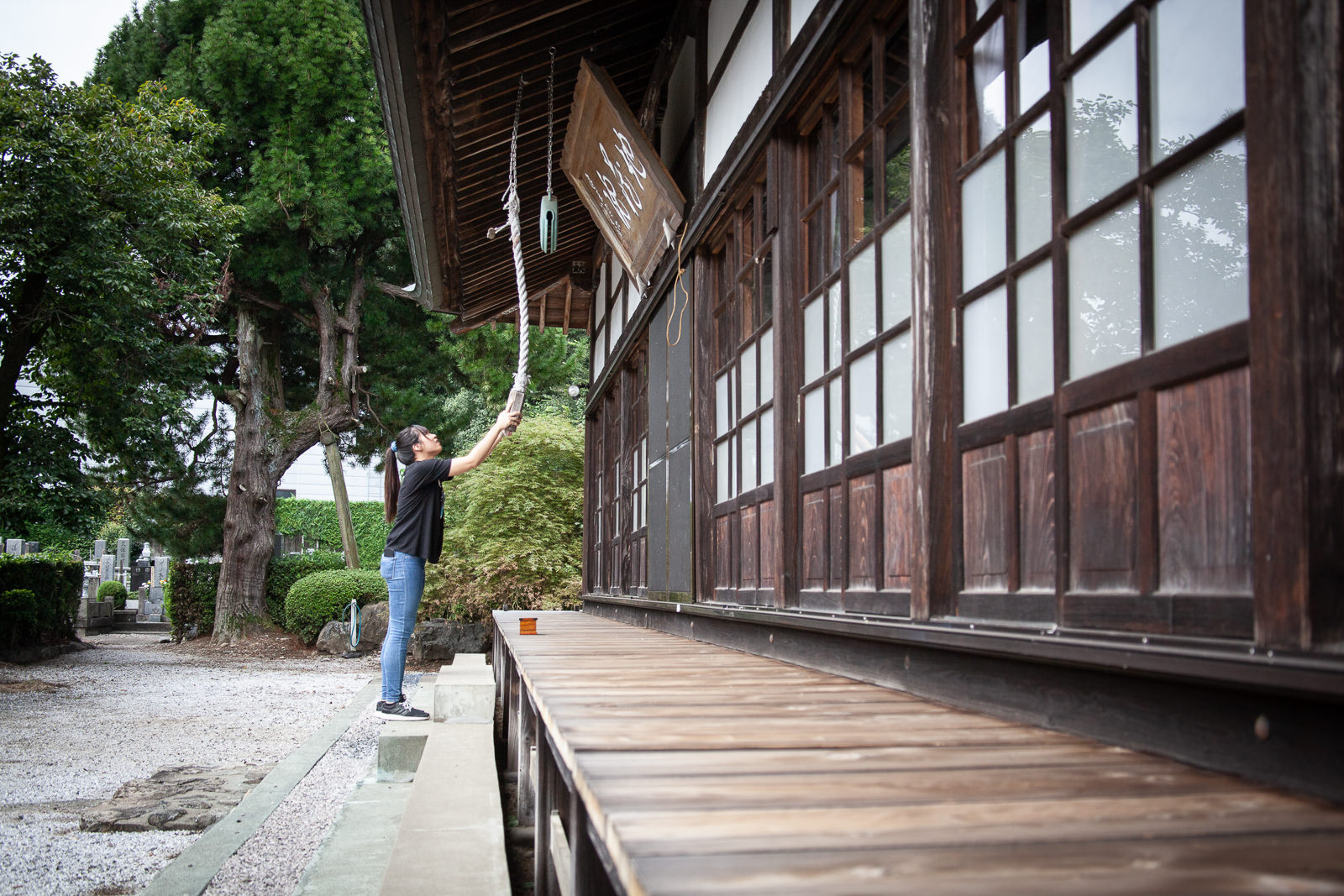
The temple was founded in 1504 by the Buddhist monk, Shuitsu Kian. The principal image is Jizō Bosatsu. The main hall was built between 1772 to 1781, and it is called Gokakudo, “Five Crane Hall,” based on a legend that five cranes flew up to the sky to celebrate when the roof-laying ceremony took place. The roof used to be a thatched roof, but with generous donations, the roof was renovated to copper roofing in 1977.
I’m Home
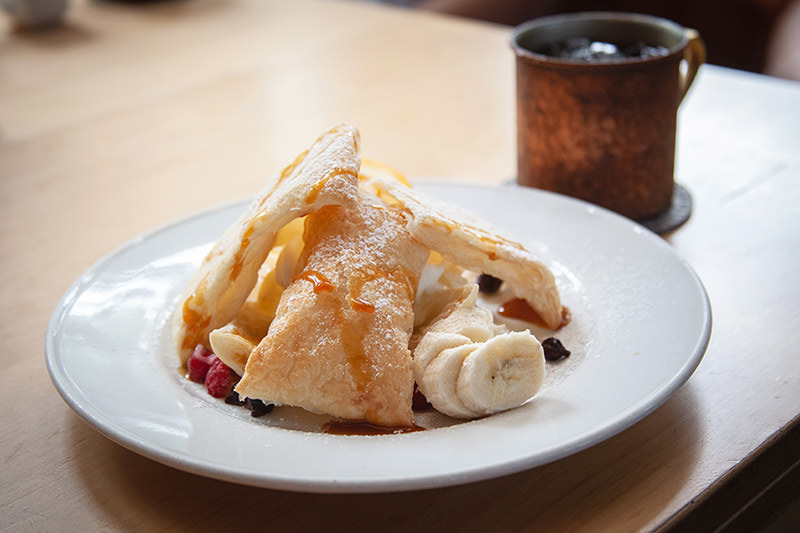
Meibakuinzen-temple
Beautiful historic gate and an open view of the mountains
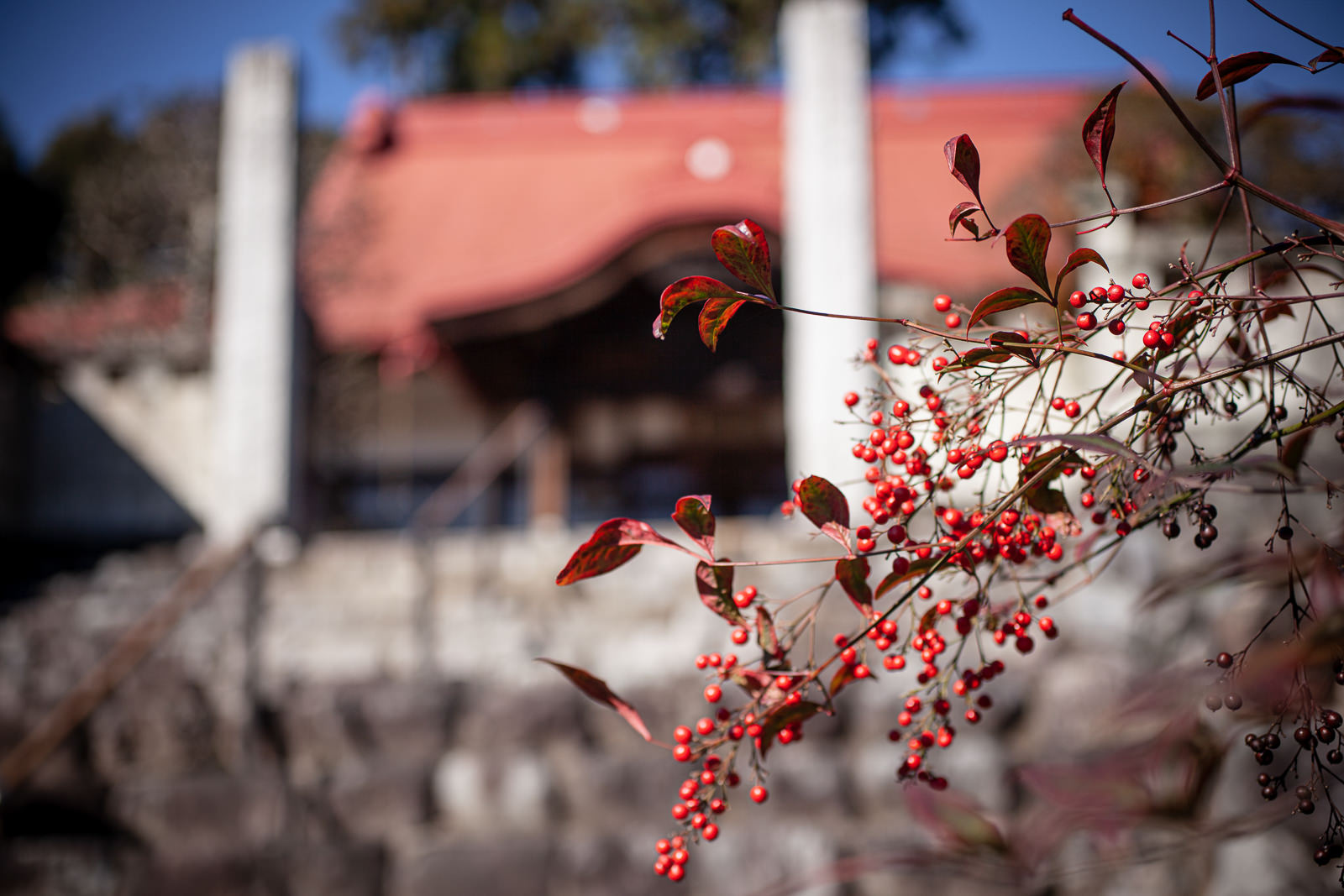
The temple was established in 1567 by the 7th Zen monk of Kaizenji temple with Gyobunojyo Hidefusa Noguchi, who was the surviving retainer of Mita, a feudal lord during the period of civil wars in Japan. The principal image is Shougun Jizobosatsu. The gate is an important cultural property of Ome city. It is a rare Kirizuma-style gate from the Momoyama era (1573–1615).
Ome Beer
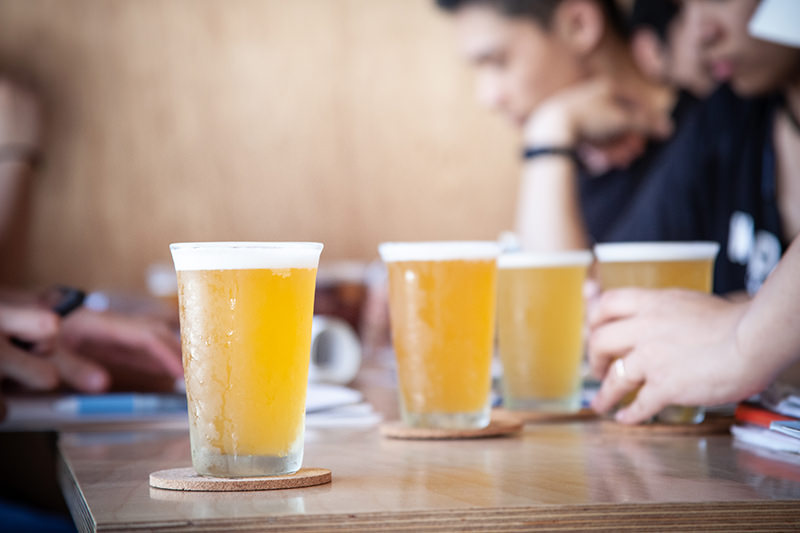
Seihouinbuddhist-temple
Temple devoted to Fudō Myō-o, whose fire purifies the mind

Once the temple was near Koshuurakaido road, a popular road during the Edo era (1603-1868). It is believed that the monk, Kancho Sojo, established the temple in the time of the Emperor Uda (867–931). The temple was damaged by fires many times, but it was re-established in its current state in the first year of the Meiji era (1868-1912). The 11th monk of Shinshoji temple consecrated the principal image of Fudō Myō-o.
